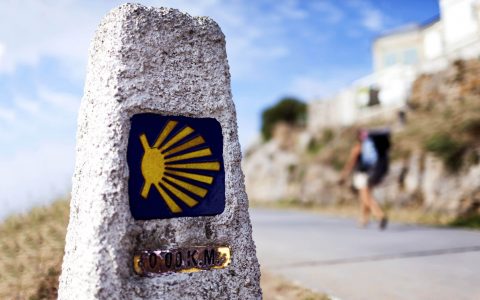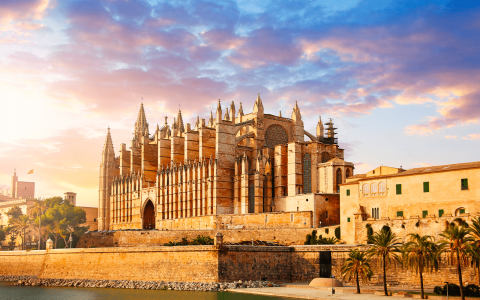In Deep: Castilla and León, Spain

Today the largest autonomous community in Spain, Castilla and Léon combines two ancient kingdoms with centuries of history.
Land of Castles and Climate
Castilla and Léon is made up of two ancient kingdoms of Spain and the meseta – a flat, semi-arid table top that sits nearly 1,000 metres above sea level. As the local saying goes, its climate is characterized by “nine months of winter and three months of hell.”
The name Castilla refers to the numerous fortified castles that the Christians built on the boundaries of the kingdom in the ninth century. The endless, rolling dun-coloured plains offer 360-degree views of the surrounding countryside.
Castile and Léon enjoyed a golden era when it dominated not only the nations of Iberia, but also a sizable portion of two continents. Over the ages, many tribes have passed through—including the Romans, the Visigoths, the Moors, and the Christians—some leaving more vestiges of their presence than others.

Fernan Gonzalez
The Liberator of Léon
History holds that a count by the name of Fernan Gonzalez obtained Castilla’s independence from Asturias–Léon in the 10th century by selling the King of Asturias a horse and goshawk. Unable to repay the count, the King was obliged to hand over the kingdom of Castilla.
Unlike its neighbouring Christian feudal kingdoms, where the land was owned by lords, the church or military orders, Castilla was settled by free men (Hidalgos) who each owned their own farms and were responsible for defending them.
Unification
The once-separate kingdoms of Castilla and Léon definitively unified under Fernando III el Santo in 1252. Prior to that time, Léon changed hands on numerous occasions and was subjected to Roman, Moorish, Asturian, and Christian rule. Finally, it conquered Castilla—by whom it was subsequently eclipsed.
After the reunification in 1252, Castilla went from strength to strength, but Léon—at the time, one of the largest cities in Spain—went into decline and became somewhat marginalized. The nobles left for Burgos and citizens left to make new lives for themselves in the lands gained by the Reconquista (the Reconquest).
Ride an Ancient & Remarkable Route
Follow in the footsteps of pilgrims on a trip that’s truly divine: on this Camino de Santiago Biking trip, ride the ancient route from Leon to Santiago de Compostela and pass through remarkable landscapes unchanged for centuries.
DETAILED ITINERARYThe Camino de Santiago

The difficulty in repopulating the immense expanses of empty land was greatly helped by the development of the Camino de Santiago. Settlers moved in, and churches, hostels, hospitals and villages sprung up throughout the kingdom.
One of the main sources of income at this time was from the pilgrims’ road. The Camino not only boosted the local economy, but also facilitated an exchange of ideas and the trading of various goods.
With the invention of the railway, the area’s mining industry boomed and Léon temporarily flourished once again. Today, Léon is the capital of the province, with over 140,000 inhabitants.

The Lion of Léon
Though Léon literally translates to “lion”—and the city carries the symbol of a lion—the name in fact comes from Legio Septima Gemina, the Roman Seventh Legion, established in 68AD.
An ancient saying goes, “Léon tuvo veintecuatro reyes antes que Castilla leyes,” or “Léon had 24 Kings before Castilla even had laws.”
The Cathedral of Léon
Known as La Pulchra Léonina, the Belle of Léon, the Cathedral of Léon is not only the most important historical building in Léon, but also one of Spain’s greatest architectural achievements.

With the highest ratio of stained glass to stone in any church in history, it has managed to avoid the fate of its rival sibling in Beauvais, outside of Paris (which collapsed). The erection of support walls and support buttresses no doubt spared it a similar fate.
The Barrio Humedo
 Known as “the humid quarter” because of the proliferation of drinking holes, the Barrio Humedo is surrounded by the old town walls that were erected in 1324 by Alfonso XI, and which remain remarkably intact to this day. (Nearly half of the original 80 bastions are intact).
Known as “the humid quarter” because of the proliferation of drinking holes, the Barrio Humedo is surrounded by the old town walls that were erected in 1324 by Alfonso XI, and which remain remarkably intact to this day. (Nearly half of the original 80 bastions are intact).
With its many bars, this neighbourhood is famous throughout Spain as a great place to go for tapas; most of the restaurants offer free tapas when you order a drink, making it a great place for a pub crawl.
There are numerous other places of interest in this part of town, including the market square of the Plaza Mayor, the Palace of the Condes de Luna, the Palacio de los Guzmanes and, of course, Los Botines, Antoni Gaudi’s most controversial work.
MORE FROM Spain
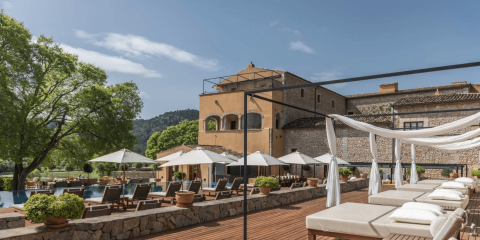
Son Brull Hotel & Spa Embraces Sustainability in Mallorca
Mallorca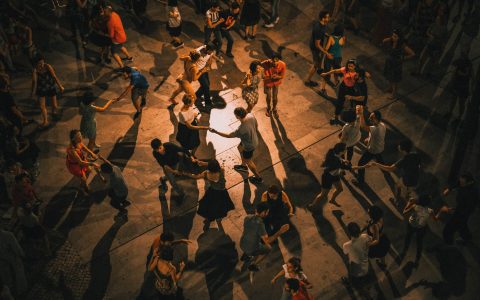
The Slow Fund: Commissioning New Instruments for Musika Etxea
Basque Country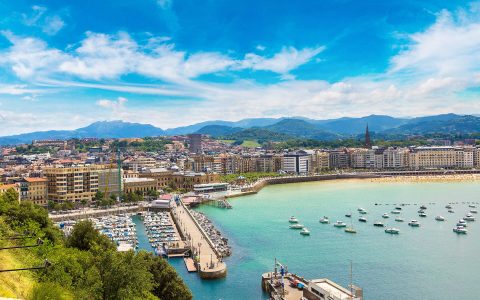
9 Things to Do that Will Submerse You in San Sebastian
Basque Country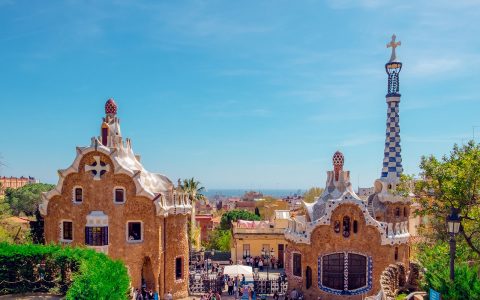
11 of Barcelona’s Most Spectacular Museums
Catalonia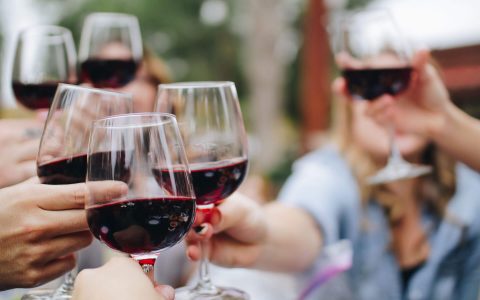
What We’re Drinking:
Rioja’s Reds and Danish Akvavit
Denmark
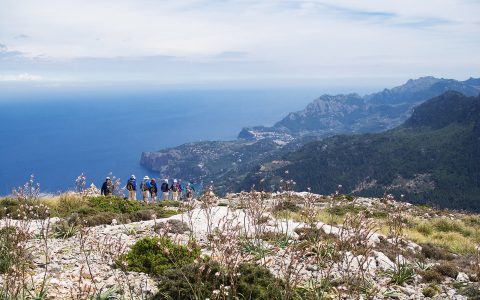
Our Favourite Coastal Walk Right Now: Mallorca
Mallorca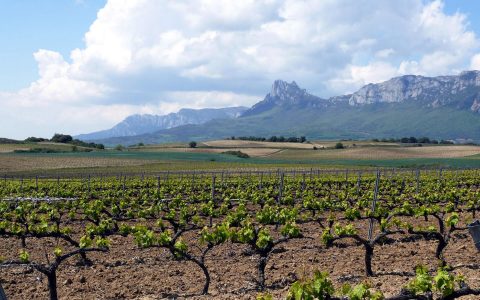
The 10 Best Rioja and Ribeira del Duero Wines
Rioja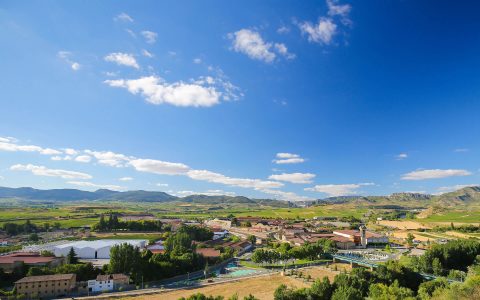
Reading for the Road: Our Favourite Books About Rioja
Rioja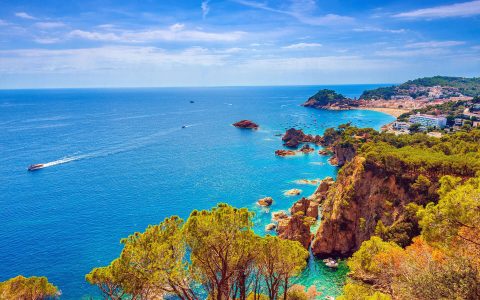
Reading for the Road: Our Favourite Books About Catalonia
Catalonia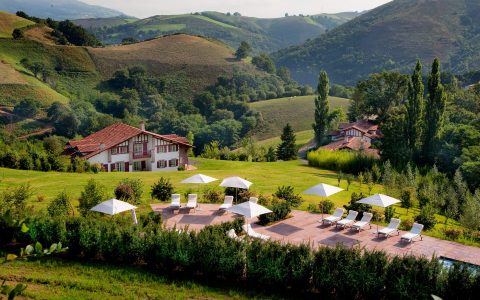
The 16 Best Luxury Hotels in Spain
Spain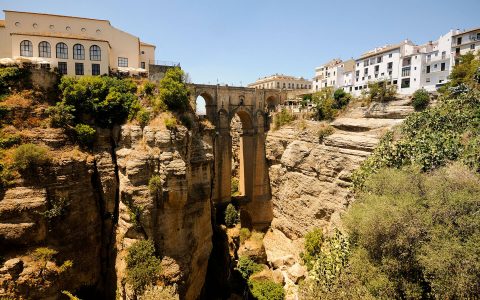
Reading for the Road: Our Favourite Books About Andalucia
Andalucia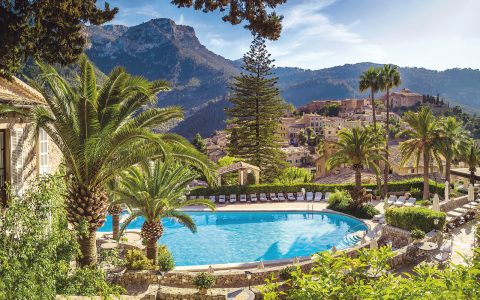
Mallorca’s Most Luxurious Hotels
Mallorca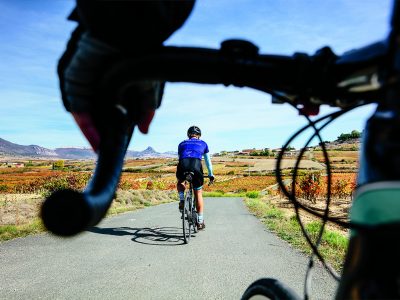
Here’s How to Take the Ultimate Biking Trip Through Rioja
Rioja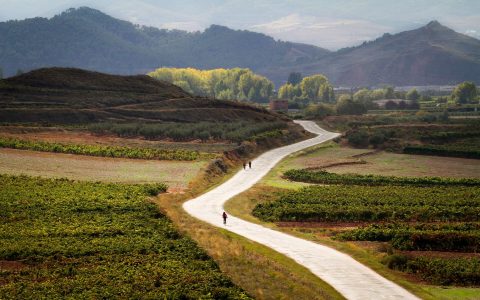
The 7 Best Cycling Routes in Spain
Spain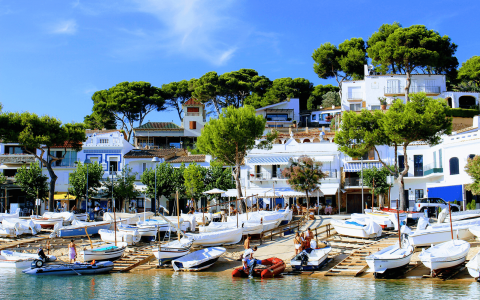
Where to Eat: Our Favourite Costa Brava Restaurants
Catalonia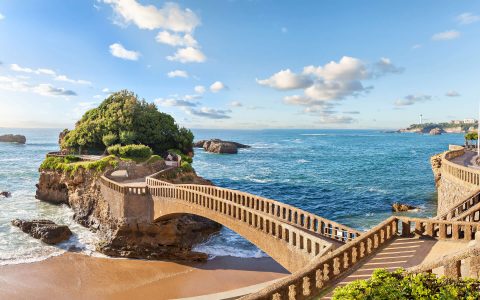
Basque Country’s 6 Best-Kept Secrets
Basque Country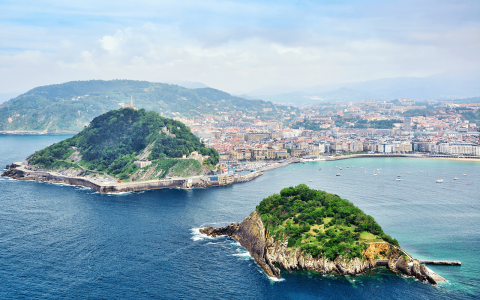
Basque Country: Exploring San Sebastián & Bilbao
Basque Country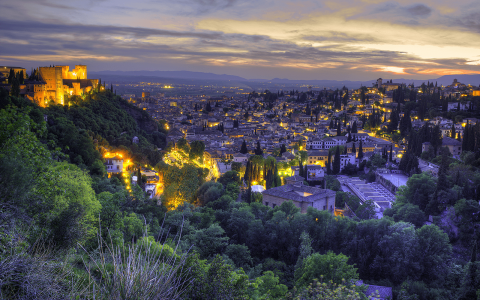
Granada: Last Stand of the Moors
Andalucia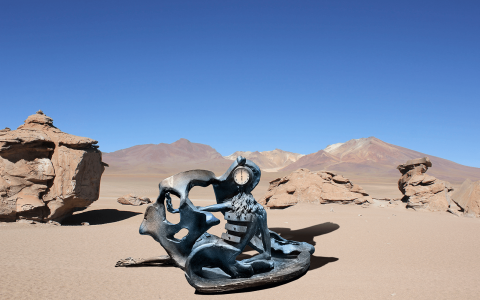
Surreal World: Salvador Dalí’s Costa Brava
Catalonia